If you frequent brewpubs, you’ve most likely heard of the term “beer flight". However, if you’re…
Should I Age my Beer? – Do’s and Don’ts
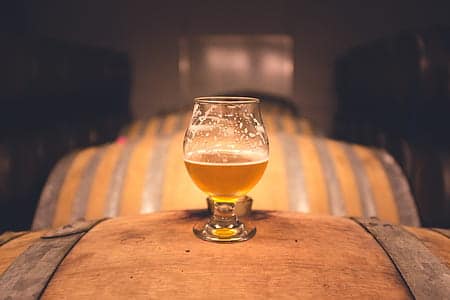
What you need to know for your beer cellar
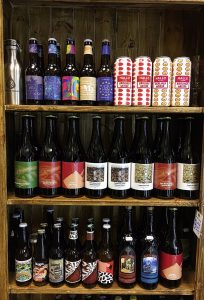
A common question I run into, is should I age my beer? Short answer is: Seize the day and crack open what you’ve been saving. It’s the end of the world. What are you waiting for? Covid, murder hornets, riots…. The sky is falling for Christ’s sakes. It’s time. But if you’re a bit more optimistic about our fate, go ahead, but follow some basic principles.
What are the rules aging beers. Are their beers that don’t age well? We’re gonna take a look at some do’s and don’ts of aging your prized beers. As a general rule, all beers are ready to drink now. They were brewed and bottled for today, but some do age well and with that, take on nuanced changes to their flavor profile. We’ve touched on this briefly in our The 6 Beer Storage Myths article. This is a bit more guidance on what to do and not do when cellaring.
Rules of Aging Beer:

These rules come from a combination of science, superstition, and hundreds of missteps. So I’m hoping you can avoid the tragedies I’ve experienced, as I pass on what I’ve learned.
- Beer should be over 7% (needs to have a higher alcohol content to stand the test of time). This is a bit of an arbitrary number, but a guidepost. I’ve certainly cellared beers that clocked in less than that, namely lambics or gueuze, but higher abv’s are, as a general rule, required.
- Should be bottle conditioned and unpasteurized
- Pasteurization kills the growth of the yeast by destroying bacteria that the yeast would feed on. The reason you cellar beer is because it is alive. The yeast grows and feeds on the sugars and bacteria, while the hops are slowly dying or decaying, which allows for the flavor profile to change and evolve.
- Age-able beers should most often be dark
- Shouldn’t age anything that has adjuncts or significant heavy hops (hops are delicate and intensity dies quickly). Coffee stouts are a terrible thing to age. Just try brewing a cup of coffee with 3 year old beans. Blech!! The graph below illustrates the evolution of beer flavor profiles as they are exposed to time.

Bitterness ebbs and sweetness intensifies. What happens in a bottle can be broken into 2 components:
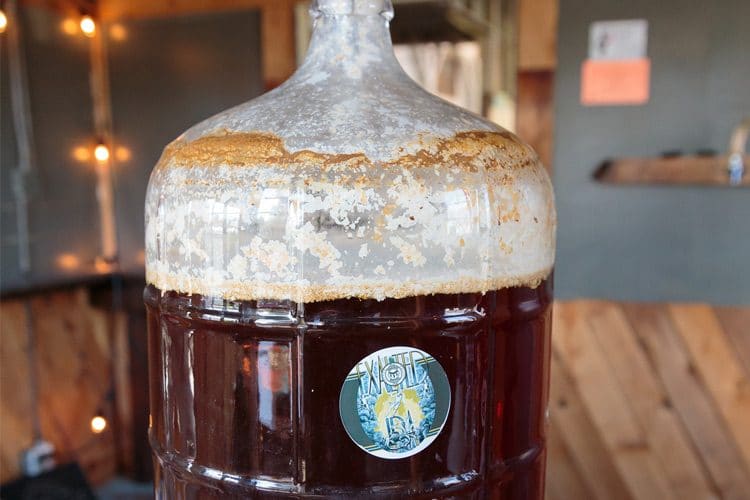
What is happening due to fermentation
- This is when yeast is still eating up sugars creating alcohol intensity and other flavors. So any wild beers, mixed fermentation beers, farmhouse beers, lambics, etc., might be good for aging as yeast is continuing to consume sugars as they are continuing to condition in the bottle. Beers like Lambic will get progressively thinner, funkier, even a bit more carbonated. They will tend to get more clear and darker as the sugars are consumed, making the way for more honey like flavors or sherry like notes that wouldn’t be there when the beer was fresh. As this beer continues to ferment it is taking up the oxygen that is present in the bottle.
What is happening due to oxidation processes
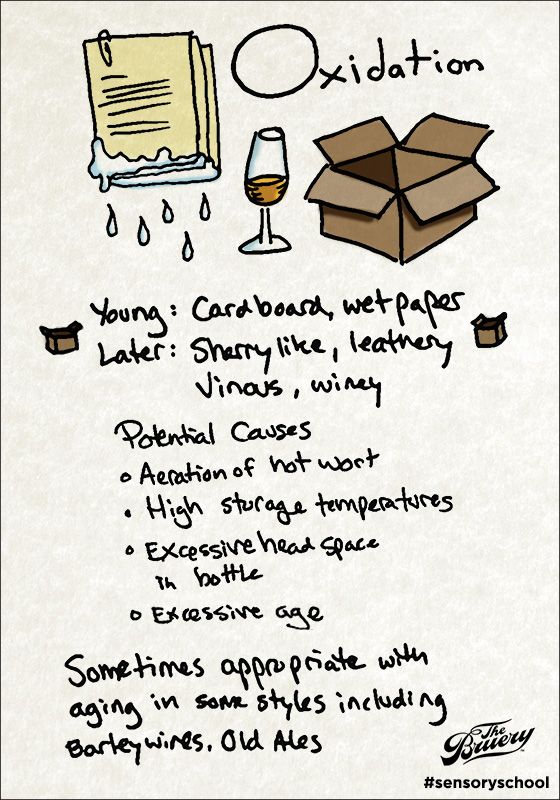
Why Is My Beer “Skunky”?
- We’ve all had beers that were a bit skunky. They take on a wet cardboard essence. May even come across as dusty or aged cheese notes. If oxidation happens in a slow and controlled way, it can have a positive effect on the flavor profile of beer. So in darker more malty beers, it can start to introduce flavors like dark fruit, port, sherry, etc. If you’ve ever had sherry or port you will notice an aged, dusty kind of aroma to them. In aged stouts, we want those kind of boozy, yet stable soft tones coming forward. Those can be teased out by offering the right kinds of chemicals. Malts that have undergone the Malliard reaction (caramelization of sugar). The more color change of the malt through this roasting, the more oxygen will be introduced into the process.

Store these age-able beers cool and store them dark.
- Store them near the temperature that you want to drink them. This is an important consideration when trying to answer the question ” Should I age my beer?” Lambics and Belgians around 50 degrees. Stouts around 55 degrees. At a minimum, you’ll want to store them at the temps they were aging at, generally around 60-65 degrees (65 degrees is pushing the edge of how warm you want to store beer). Lambics go through aging from 1-3 years before bottling, stouts can go from 8-18 months in the barrel at a steady, consistent temperature to allow for slow, consistent maturation. Both are generally stored in a barrel room for maturation at temperatures from 60-65 degrees. Setting your storage cellar at those temps is ideal, but keeping them in a dark and relatively consistent temp will be ok. A commercial refrigerator is nice if you can get one, as they are large and you have autonomy to regulate temps.

- Note on refrigerators: Long-term use is not recommended. Refrigerators are designed to keep food dry, so dehydration of cork can become an issue (laid-down or upright). Corked beers that you wish to age long-term should be kept in a cellar, where moderate humidity levels might be more appropriate. –beer advocate
Storing Beer Impact on Flavor
- The cellar climate will produce different layers of flavor at different times. One of the more interesting factors to consider when considering, “should I age my beer” is understanding that flavor profiles evolve, not in a straight line, but in waves, much like a sound wave. There will be different peaks and troughs of flavor due to the changing microflora present at different times in the aging process. Cantillon has beers that have aged for decades with a completely different flavor profile from where it originated. Each beer becomes a different world. It is not uncommon for a beer tasting of vintage brews, for one vintage ale to receive a poor grade in one taste test and a superior grade at a tasting 6 months down the road. One was tasted during a low point in the fermentation/oxidation process and later it was tried during a peak where flavors were peaking again.
Store beer in multiples
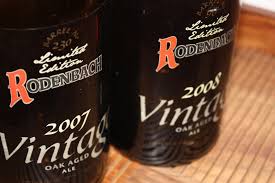
- I generally buy 3 at a time, if possible, so I can try them at different intervals. You will have a different experience with each bottle. It is wise to taste beer with a “where will this flavor end up” idea in your head. The chart helps you know what flavor changes are likely to occur so bottle one of a Lambic, opened today will taste fuller and more tart than bottle three opened 3 years from now, which will be thinner, more sweet/honey like, more funky and bit more acetic or if you wait too long, musty and stale. Stouts will be boozier, less bitter, with more blended sweetness.
Conclusion:
I hope you have a better idea of what and how to cellar your brews. Some answers to “Should I age my beer?” A basic understanding of the do’s and don’ts. What can you expect now? Answer: who knows? The variables are limitless, but hopefully, you have an understanding of the range of possibilities or at least a working knowledge of what went right and what went wrong in your aging endeavor. Keeping abreast of the do’s and don’ts of aging your beer will limit disaster. We hope that you are more informed about what beers you can age and which beers you should not age, what happens as a beer age and what you can do to maximize the aging process. Cheers.
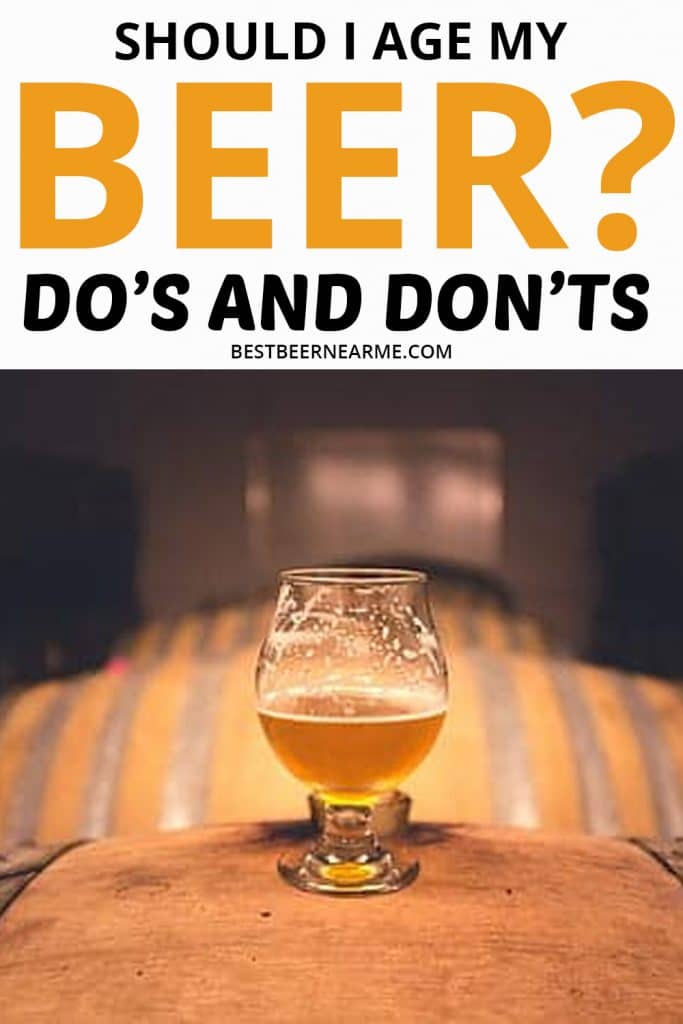

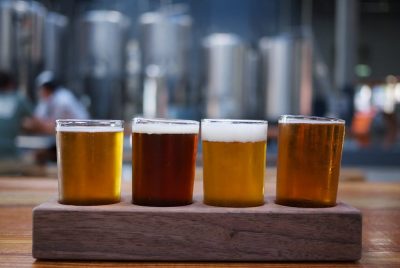


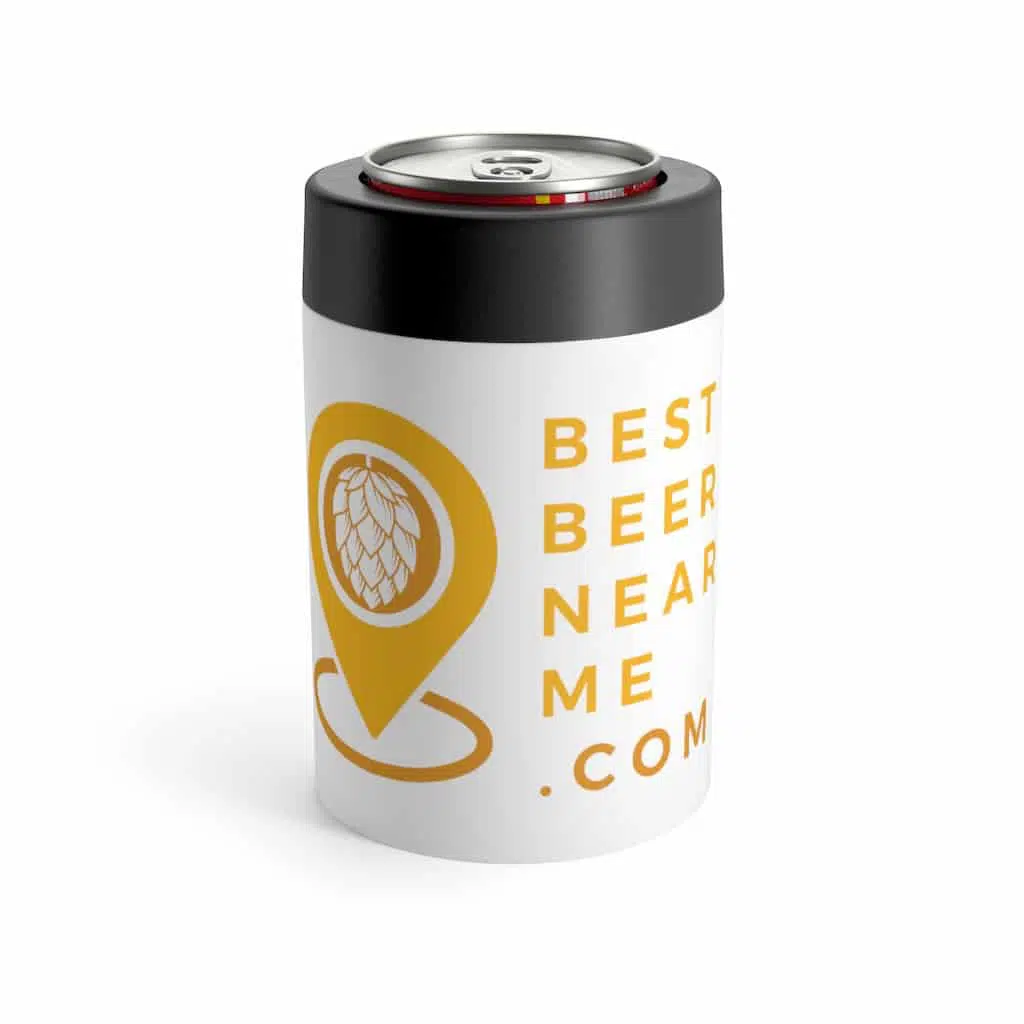

A beer is only allowed to be in the market after it has been aged to the recommended time. You need to find the quality standards of the market for aging your Cantillon beer properly.
Absolutely. All of these beers are ready to drink when they hit the market. When these beers hit the market they represent the brewer’s best intention for the beer.